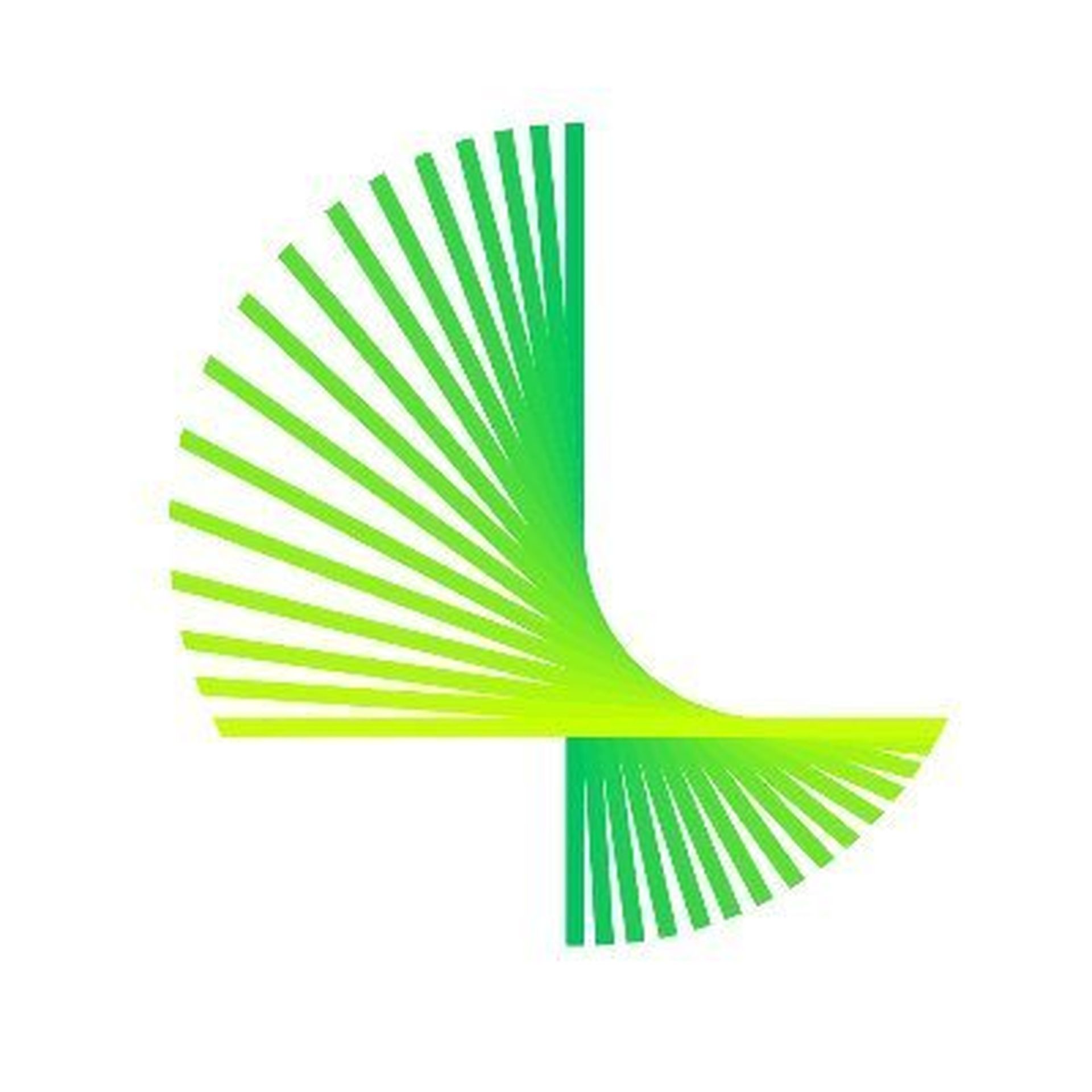As cloud computing has evolved, we’ve entrusted more and more of our data to it. Our everyday correspondence is in the cloud. Our favorite applications are in the cloud, and, more and more, our most sensitive data is in the cloud. To protect the integrity of your organization’s assets, you’ll need a comprehensive cloud security strategy.
However, the cloud isn’t a single piece of hardware or software. It’s a complex ecosystem of computers, routers, apps, websites, files, services, and more. As such, your organization’s security posture has to be just as versatile and flexible as the systems it protects.
Crafting a cloud security strategy in 2024 requires a clear understanding of modern threats, countermeasures, and best practices. With the right knowledge and tools at your disposal, you can educate your staff, secure your data, and take full advantage of what the cloud has to offer.
Defining Cloud Security in the Modern Era
Because the cloud encompasses so many different systems, it can be difficult to pin down exactly what a modern cloud security strategy should look like. In broad terms, cloud security refers to any process that safeguards data in the cloud, whether that data is in an app, a file storage system, or a development platform. This means implementing smart security policies, and updating them over time as threats change.
The evolution of cloud security
Cloud computing has been around since the 1960s, but didn’t become widely available until the 1990s. As cloud computing has advanced, security protocols have had to keep pace with it. Early cloud security solutions could control access to remote systems and offer basic data protection, but not much else.
Over time, cloud security has become more sophisticated. Today’s security solutions offer continuous monitoring, real-time incident response, and a focus on the shared responsibility model. Essentially, employees are responsible for keeping their own data secure, while organizations and service providers are responsible for keeping the systems that store the data secure.
Key components of cloud security
While no two organizations will employ the exact same protocols, there are a few elements that every good cloud security strategy needs:
The Importance of Cloud Security in 2024
As of 2022, 60% of all corporate data lives in the cloud — and that number is not likely to go down anytime soon. As organizations shift their resources from local servers to cloud apps, company policies must evolve to address a different set of security risks. IT and security teams need to be aware of the latest cybersecurity threats as well as the countermeasures for them.
Protecting against emerging threats
The world of cybersecurity moves fast. Security researchers find an average of 72 new vulnerabilities per day. A good security suite can block most of these potential exploits — but probably not all of them. To keep pace with emerging threats, your organization should be proactive. Resources such as the Lookout Threat Intelligence Platform can keep you apprised of new vulnerabilities as they emerge and help you analyze current patterns and trends. You should also assess your security posture regularly, and have solid, actionable plans in place to deal with threats of varying severity.
Compliance and regulatory considerations
Depending on your organization’s field, you may have to comply with governmental or industry regulations. The finance, manufacturing, education, retail, and transportation industries, for example, must hold their sensitive data to especially strict standards. Organizations that do business in Europe have to follow GDPR guidelines, while the Health Insurance Portability and Accountability Act (HIPAA) protects patient privacy in the United States. These regulations apply whether you store your data on premises or in the cloud.
Core Principles of a Cloud Security Strategy
There are two major threats to any cloud-based system: external threat actors and internal misuse. A sound cloud security strategy must account for both. To lay the foundation for a solid security posture, you should verify users constantly, restrict access to sensitive data, and protect data when it’s in use.
Principle of least privilege
Not every employee needs to access every piece of data at your organization. The principle of least privilege grants employees the absolute minimum level of clearance they need to do their jobs. For example, an intern might only be able to access clerical data, a manager might be able to access sensitive records, and an IT specialist might be able to access just about everything. Minimizing privileges reduces the risk of unauthorized access, and limits how much damage an attacker could do with a compromised account.
Data protection
Older cloud security systems focused on access control, or determining which users were authorized for certain systems. While access control is a good starting point, it doesn’t help with accidental data leakage, misconfigured permissions, or compromised accounts.
Instead, your security team should adopt a data-centric approach. Data-centric solutions focus on classifying sensitive data appropriately, and either granting or limiting access on a file-by-file basis. Implementing a DLP policy can help you analyze data usage patterns, grant or deny access situationally, and encrypt files at every stage of the process.
5 Essential Building Blocks of a Cloud Security Strategy
Secure mobile endpoints
Modern-day threat actors frequently use mobile devices as an entry point into corporate systems. That’s why any mobile device with access to your corporate resources needs to be secured. Many organizations use mobile device management (MDM) to keep track of corporate-owned devices, but MDM doesn’t cover employees’ personal devices. Mobile endpoint security can complement your existing MDM while giving you more comprehensive coverage over corporate and personal devices.
Identify shadow IT
“Shadow IT” refers to employees using unapproved technologies to do their jobs, rather than relying exclusively on company-issued tools. This issue has become even more pervasive with the rise of remote work and bring-your-own-device (BYOD) policies. While shadow IT isn’t necessarily a bad thing, you do need to account for it in your cloud security strategies. A cloud access security broker (CASB) acts as an intermediary between your workers and the cloud, helping you identify and monitor third-party apps.
Secure remote access
In the past, organizations favored virtual private networks (VPNs) and identity access management (IAM) services to facilitate remote work. However, these tools are binary: either a user is logged in, or they’re not. That makes VPNs and IAMs relatively easy to compromise, especially with a stolen device or socially engineered credentials.
Zero trust network access (ZTNA) is a more nuanced and more secure option for remote access. With ZTNA, you can analyze user behavior and grant granular access to sensitive data. Depending on an employee’s device, location, and network security, a ZTNA solution could let them into your system right away, or require them to complete multiple login and multi-factor authentication (MFA) challenges.
Protect against internet-based threats
Anything in the cloud is, by definition, on the internet, and storing files on the internet presents different security risks than storing them on a local machine. Cloud files are subject to social engineering attempts, compromised employee accounts, and malware kits. A secure web gateway (SWG) can neutralize many of these threats by analyzing internet traffic, enforcing acceptable use policies, and blocking potentially dangerous URLs and IP addresses.
Provide adaptive access based on endpoint and user behavior
While your employees are your best defense against cybersecurity threats, they may also be your largest source of uncertainty. Their access patterns and endpoints can change rapidly from assignment to assignment. That could make improper data usage — or worse, a compromised account — hard to spot. User and entity behavior analytics (UEBA) can “learn” normal employee behavior over time and flag suspicious behavior based on login location, frequency of access, data sharing habits, and more.
Implementing a Zero Trust Model in Cloud Environments
A zero-trust model assumes that anyone attempting to access your organization’s systems could be a threat actor. Instead of logging in once and staying logged in, a zero-trust approach makes employees enter their usernames, passwords, and MFA credentials on every device, in every location, and on every network. While this adds a few extra minutes of work for employees each day, it also makes it incredibly difficult for stolen devices or compromised passwords to threaten your sensitive data.
Best Practices for Cloud Security Management
Real-time monitoring and incident response
With the right credentials in hand, a threat actor may need only a few minutes to pull off a complicated attack. Real-time monitoring allows you to flag and analyze incidents as they happen, rather than after the fact. Ensure that your security solution provides monitoring features, and have a plan in place to report, contain, and neutralize incidents as they happen. Be sure that this plan includes a way to restore normal operations as quickly as possible.
Regular security assessments and audits
Unless you test your systems, you won’t know for sure whether they can actually deter a cyber attack. Perform regular security assessments that test your organization’s access controls, encryption, network segmentation, and intrusion detection capabilities. Frequent vulnerability management, where you scan for and patch known vulnerabilities, can help your assessments succeed.
You should also perform regular security audits. Rather than testing your systems directly, audits review your security control settings and address any instances of noncompliance. Communicating the results of these audits is also a good way to let the rest of your organization know what you’re doing to promote cybersecurity behind the scenes.
Employee training and awareness programs
Teach your employees about common cybersecurity threats, including phishing, password spraying, and unsolicited downloads. Ensure your workers know how to craft strong passwords and change them frequently. Learn about the data permissions they need to do their jobs and explain how they can responsibly store, modify, and share that data.
You should also have a system in place for reporting security issues. Once your employees know what to look for, they should be able to spot phishing attempts, internal vulnerabilities, and malicious websites. Not only will this help keep your data safe, but your staff may also feel more invested in your organization’s cybersecurity practices.
A Winning Cloud Security Strategy Takes a Unified Approach
Cloud computing is a huge, complex, and occasionally unwieldy concept. As such, your organization’s cloud security strategy needs to be robust, versatile, and adaptable. However, relying on dozens of different tools is time-consuming and can result in an inconsistent security posture. A security service edge (SSE) solution combines SWG, ZTNA, and CASB technologies into a comprehensive platform. The Lookout Cloud Security Platform is a data-centric SSE solution with built-in DLP and UEBA capabilities.
For more information on how to manage and protect your data in the cloud, read the Lookout report on How to Build an Effective Data Security Strategy. In it, you’ll learn why cloud computing has become so popular — and why this popularity makes it a tempting target for threat actors. The report suggests five practical steps to safeguard your organization’s data, from performing continuous risk assessment to identifying unsanctioned apps. Once you know the risks, your organization can leverage the cloud’s full potential.
Blog courtesy of Lookout. Regularly contributed guest blogs are part of MSSP Alert’s sponsorship program. Read more Lookout news and guest blogs here.




